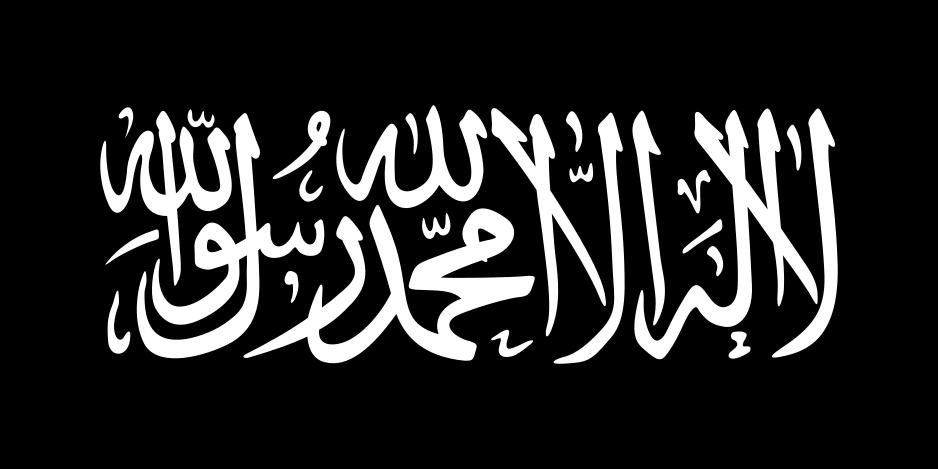نحمده ونصلى ونسلم على
رسوله الكريم
اعوذ
بالله السميع العليم من الشيطان اللعين الرجيم
بسم
الله الرحمن الرحيم
عَنْ أَبِي هُرَيْرَةَ،
قَالَ قَالَ رَسُولُ اللَّهِ صلى الله عليه وسلم تَخْرُجُ مِنْ خُرَاسَانَ رَايَاتٌ
سُودٌ لاَ يَرُدُّهَا شَيْءٌ حَتَّى تُنْصَبَ بِإِيلِيَاءَ
Abu Huraira narrated that the Messenger of Allah ﷺ said: “Black
standards will come from Khurasan, nothing shall turn them back until they are
planted in Aelia [Jerusalem].” (Jami al-Tirmidhi #2269)
This Hadith is da’if (weak) due to the narrator
Rishdin b. Sa’d. Historically, various Mahdist, Shi’ite, apocalyptic and other
movements took up the black banners in accordance with this alleged Prophetic
tradition. The Abbasid revolution led by the general Abu Muslim al-Khurasani is
a very famous example. It has been suggested that the traditions regarding the
black banners coming from the east, or specifically from Khurasan, were
fabricated by the Abbasid propagandists in order to win religious support for
their uprising. However, it is also possible that the tradition of the black
banners coming from Khurasan may have originally been from the Prophet (sall
Allahu alayhi wa-aalihi wasallam), and being aware of this tradition,
various movements such as the Abbasids took advantage of it and chose black as
their official color. Mere possibility, of course, is insufficient, and the
bottom line is that there is no authentically established report from the
Prophet (sall Allahu alayhi wasallam) regarding the coming of a movement
or army identified through their black banners.
Members of the Shi’a community often display a triangular
black flag with an upright khamsa (hand with five fingers, sometimes
called a “Hand of Fatima”):
al-Qaeda and its various affiliated terrorist groups
officially use a black flag inscribed with the Shahadatayn:
The now infamous black flag of the Kharijite group that
calls itself “Islamic State” known by the acronym Daesh. It bears an inscription of the Prophet's insignia believed to be in his actual handwriting:
The black flag of the Ahmadiyya / Qadiyani sect designed
in 1939, containing the image of the white minaret in Qadian, symbols of the full moon and crescent moon, and a Verse of the Qur'an:
The black and white striped flag of the Jamiat Ulama-i-Hind, and in Pakistan, the Jamiat Ulama-i-Islam (JUI), a religio-political organization and association of activist Deobandi clergy:
The Prophet (sall Allahu alayhi wasallam) himself used a square black flag made from wool as al-Bara b. ‘AzibRA reported (Sunan Abi Dawud #2591). Similarly, Ibn AbbasRA has reported that the Prophet’s flag was black (Jami al-Tirmidhi #1681). Based on this, it can be said that the black flag is a symbol of Islam, and Muslims should utilize it not only on the battlefield, but in other circumstances also in order to identify themselves and distinguish themselves from other communities.
The Prophet (sall Allahu alayhi wasallam) himself used a square black flag made from wool as al-Bara b. ‘AzibRA reported (Sunan Abi Dawud #2591). Similarly, Ibn AbbasRA has reported that the Prophet’s flag was black (Jami al-Tirmidhi #1681). Based on this, it can be said that the black flag is a symbol of Islam, and Muslims should utilize it not only on the battlefield, but in other circumstances also in order to identify themselves and distinguish themselves from other communities.










No comments:
Post a Comment